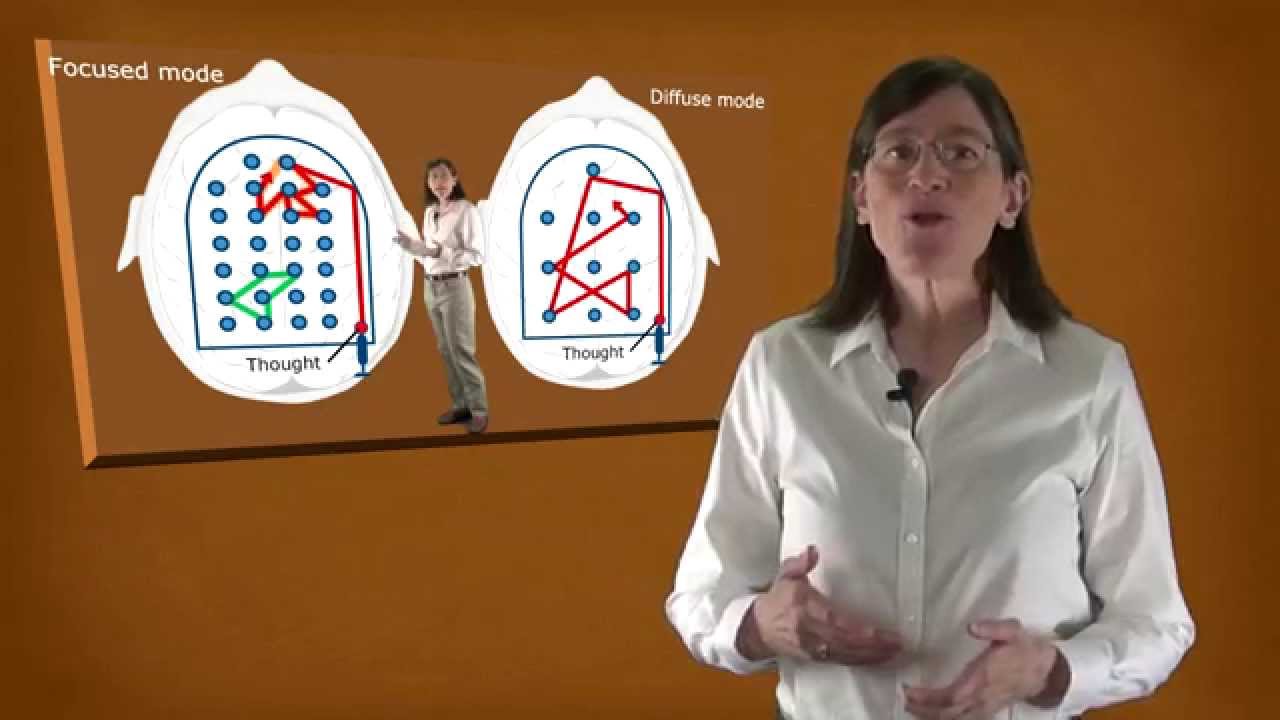Mastering the Art of Learning: A Comprehensive Course Overview and Notes on 'Learning How to Learn'
The content here is under the Attribution 4.0 International (CC BY 4.0) license
Learning how to learn [1] is a course made by Barbara Oakley and Dr. Terrence Senowski published by Coursera, which aims to give people an understanding of how we as humans learn. The course is science-based and dives on how we can benefit from knowing how our brain works, to make learning an approachable task.
Here you will find a resume of what was my findings on my journey as a course student and the insight that I had. Even though it is based on the learning how to learn course, I will relate other resources that I found useful for me to build up my learning power-ups.
Focused and Diffused mode
The first week focuses on the two modes that we use for learning, the focused mode and the diffused mode. Focused mode, is what most of the students do and think about learning, it is the act of writing something or reading. In other words, you focus on a single activity.
Diffused mode, the counterpart, is the mode in which we do not focus, usually, it is more general, and we want to see the big picture instead of focusing on the bits.

As a programmer, I often relate to the diffused mode when I am struggling to solve a problem. I remember often having issues fixing a bug or implementing a new feature all day long, after leaving the office, and going back on the next day, I had it done in less than one hour.
[1] says that we alternate between those two modes, and both are needed for learning. I mentioned that I felt this switch on a work-life basis, but it is possible to shorten this cycle and keep repeating it many times a day 1.
The Pomodoro technique is a methodology that helps to time frame this mode changes. The rule is simple, focus for 25 minutes diffuse for 5, and repeat.
Chunking
Chunking is the building block of learning new things, it is known as the bits that are needed to connect them and learn. I relate to this technique with Test Driven Development (TDD) [2].
Following TDD is the art of starting small and evolving the code, piece by piece, using small units. There is no way to know big concepts without the small pieces that make it up. [3] also mentions how the chunk technique is used by expert chess players to recall information when trying to memorize the chess board arrangement, such technique allowed them to remove a slot from the short term memory which is limited, and keep moving those things to the long term memory, allowing the memory to work with other things.
Deliberate practice
Deliberate practice is the act of focusing on a specific task with a clear objective to improve the understanding of the desired subject. For example, the following list are examples of those tasks:
- Study new algorithm
- Study a new framework
- Studying math solving problems
It’s important to mention that deliberate practice should have some structure to achieve the desired goal. For example, learning a new algorithm may require other areas to master before diving into that. Also, the exposure to what you do with that new information is part of the deliberate practice. For example, after understanding the algorithm, giving a talk, and discussing that with someone are ways to practice deliberately. Besides that, Felienne Hermans in her book also mentions the need for practicing:
The biggest takeaway from this section is that the best way science knows to prevent forgetting is to practice regularly. Each repetition strengthens your memory.
The Programmer’s Brain by Felienne Hermans, pg 40 [3]
She also mentions that if you forget something when you are learning in high school, that’s probably the reason behind that: the lack of practice.
Final considerations
Learning is a continuous process that starts when are born, even since that moment we start learning everything about our surroundings, light, wind, taste, people and much more.
As life goes by, the learning approach changes as we already master all of those, and we might start leveling up our game. In college, it might be math classes, in the university it might be any subject related to the area you want to master.
The key idea from the course, at least for me, is to understand how we think, use memory, procrastinate, make new connections in the brain and much more, to use that in our favor, seeking the balance between learning new things and mastering what we might already have.
Related subjects
References
- [1]B. Oakley and D. T. Sejnowski, “Learning How to Learn: Powerful mental tools to help you master tough subjects,” 2021 [Online]. Available at: https://www.coursera.org/learn/learning-how-to-learn. [Accessed: 25-Jul-2021]
- [2]K. Beck, TDD by example. Addison-Wesley Professional, 2000.
- [3]F. Hermans, The programmer’s brain. Manning, 2021.
Appendix
- This post was created inspired by the course and the talk I gave to share what I learned in the course.
Edit: Oct 4, 2021
Added The programmer’s brain as a reference in the section chunking
Footnotes
-
As a side note, the guest in the podcast changelog also talked about the way he takes to solve problems, in some way, he describes without noticing the diffused mode and the focused mode. ↩
Table of contents
Got a question?
If you have question or feedback, don't think twice and click here to leave a comment. Just want to support me? Buy me a coffee!